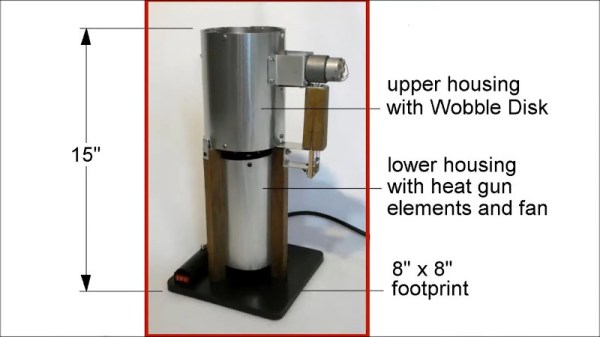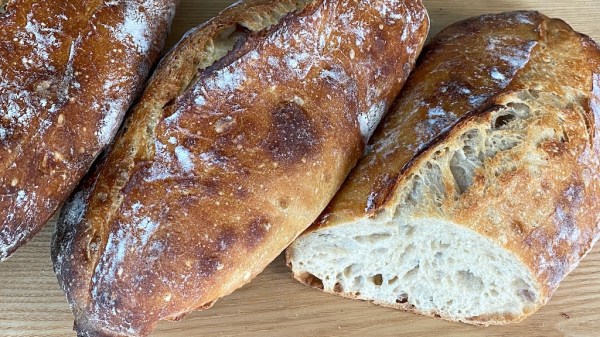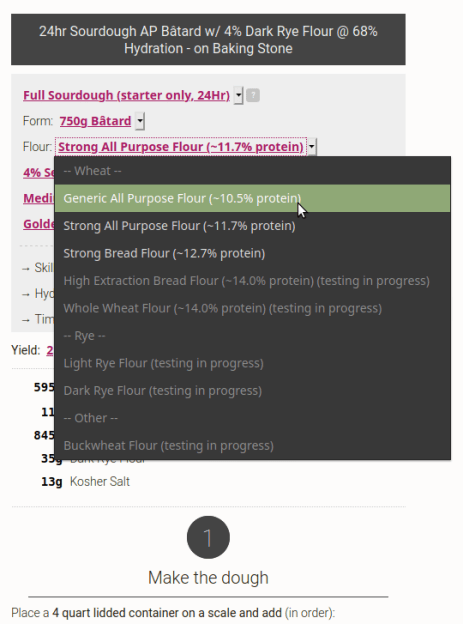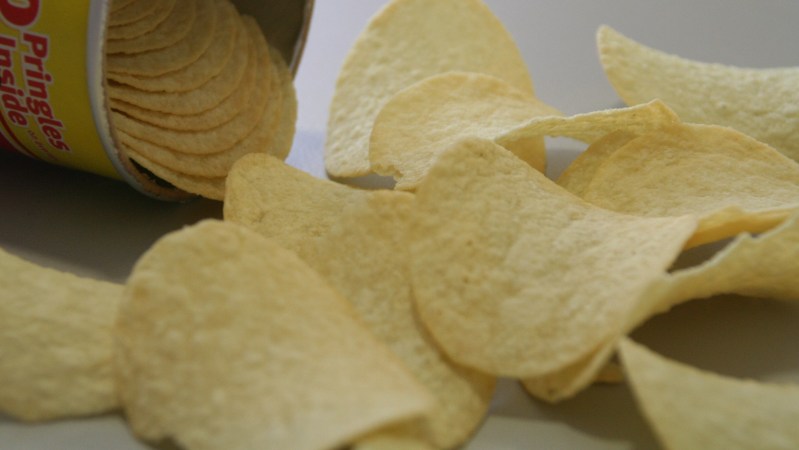Coffee roasting is an art or a science, depending on who you talk to. Both camps will however agree that attention to detail is key. Many diehard beanheads, as they’re known, will go so far as to create their own roasting hardware to get the job done just right. [Larry Cotton] is one such builder, who has created an elegant roaster to get his brew just right.
The build is based around a wobble disk design. This consists of a round plate fixed at a 45-degree angle to a rotating shaft. As the shaft spins, the disk gently sweeps and agitates the roast, allowing the batch to heat up evenly without burning the beans. It’s a two-part design, with heat gun parts in the base to generate the hot air for the roasting process. The bean basket sits on top, held in place by magnets that also act as a conduit for the wobble disk motor’s power supply.
It’s a tidy build, which allows for accurate roasting and easy dumping of the beans once finished. If you’re a serious beanhead yourself with a few hacks up your sleeve, be sure to let us know! Video after the break.
Continue reading “Wobble Disk Coffee Roaster Gets The Beans Just Right”


















